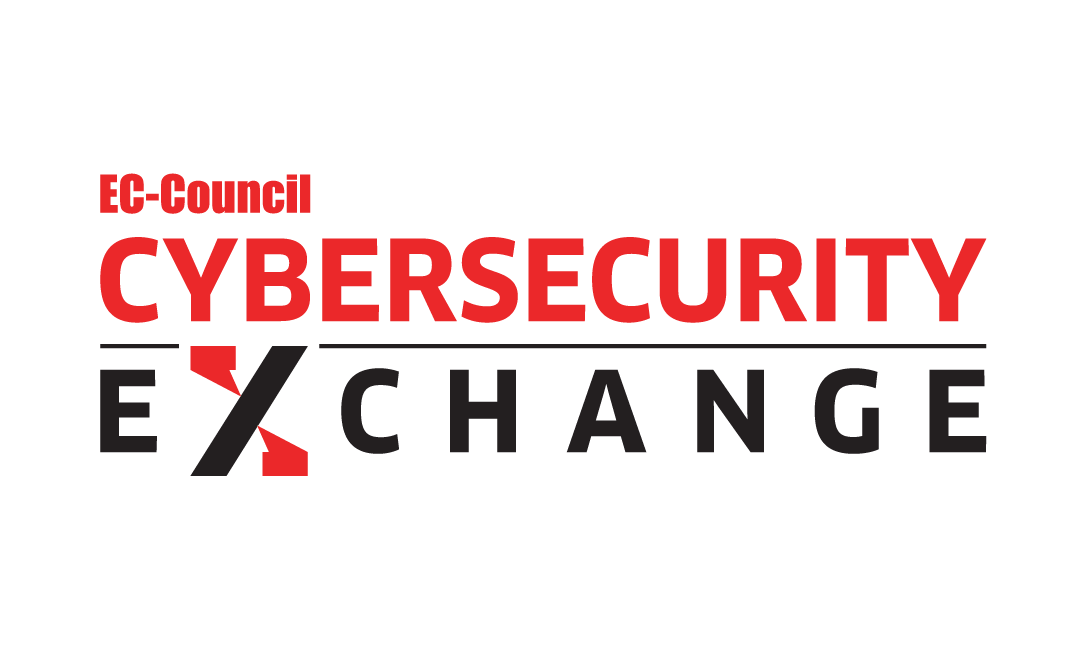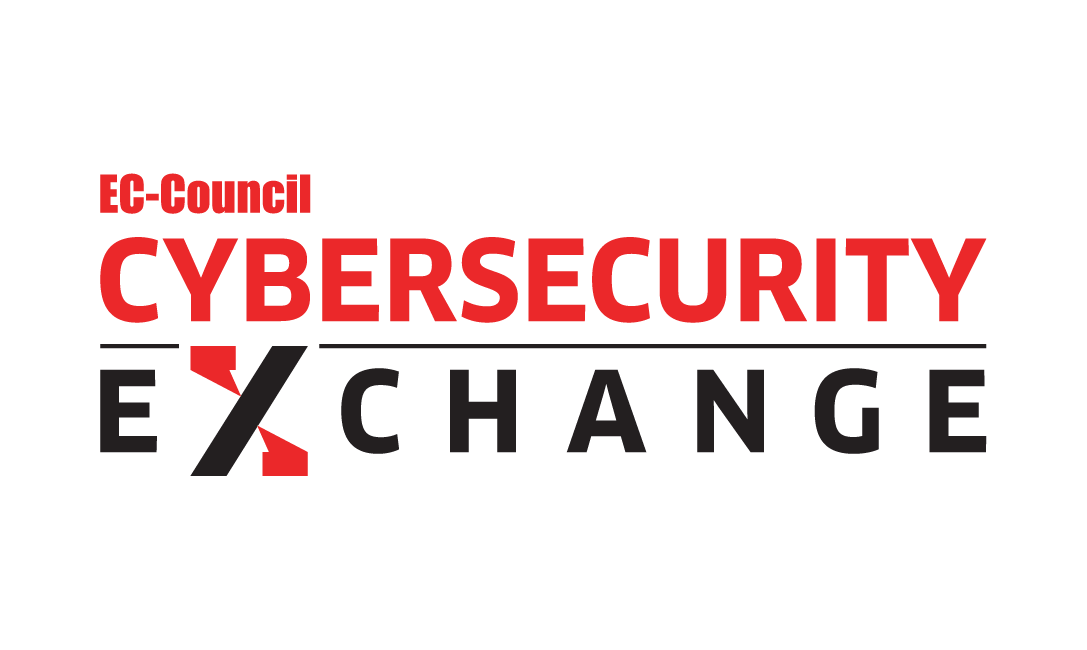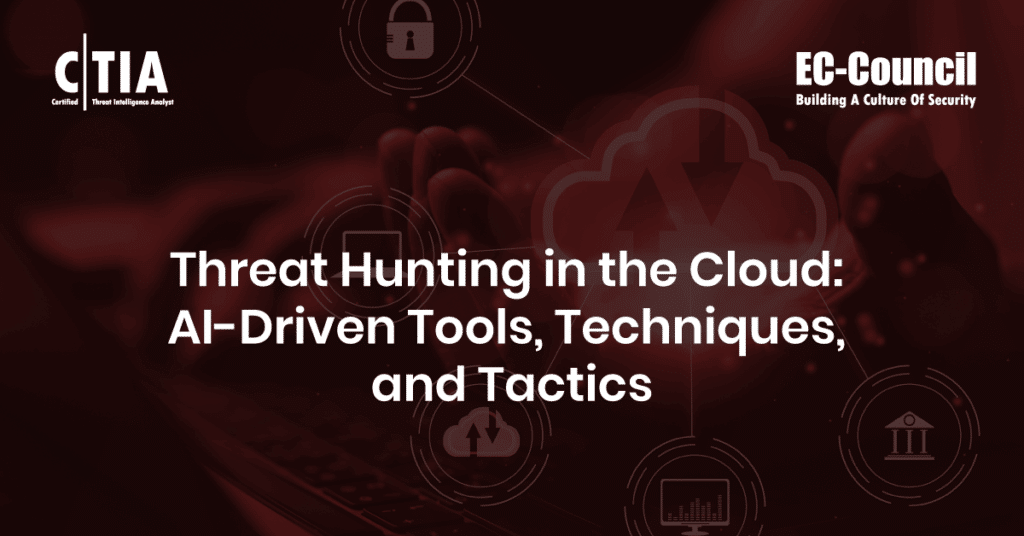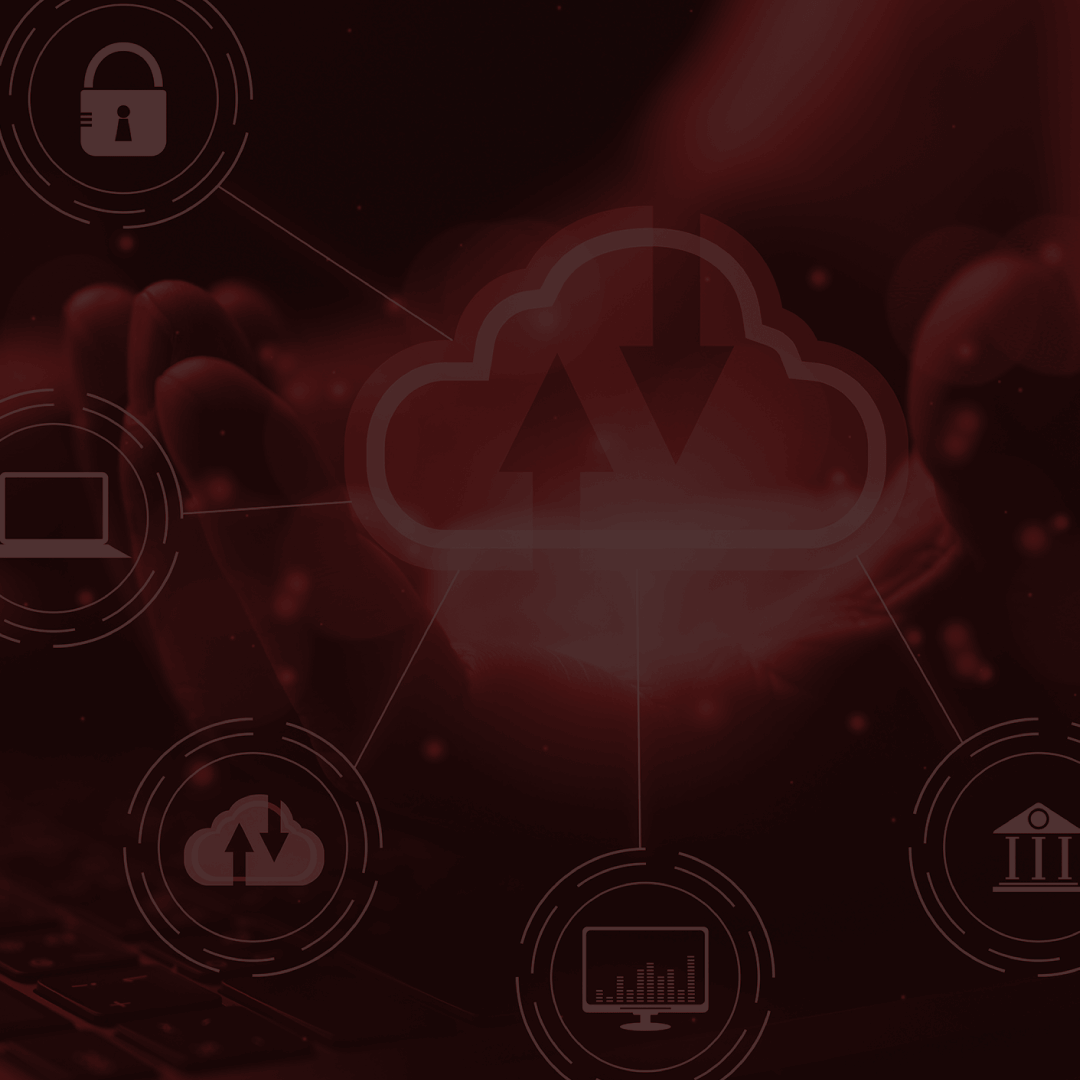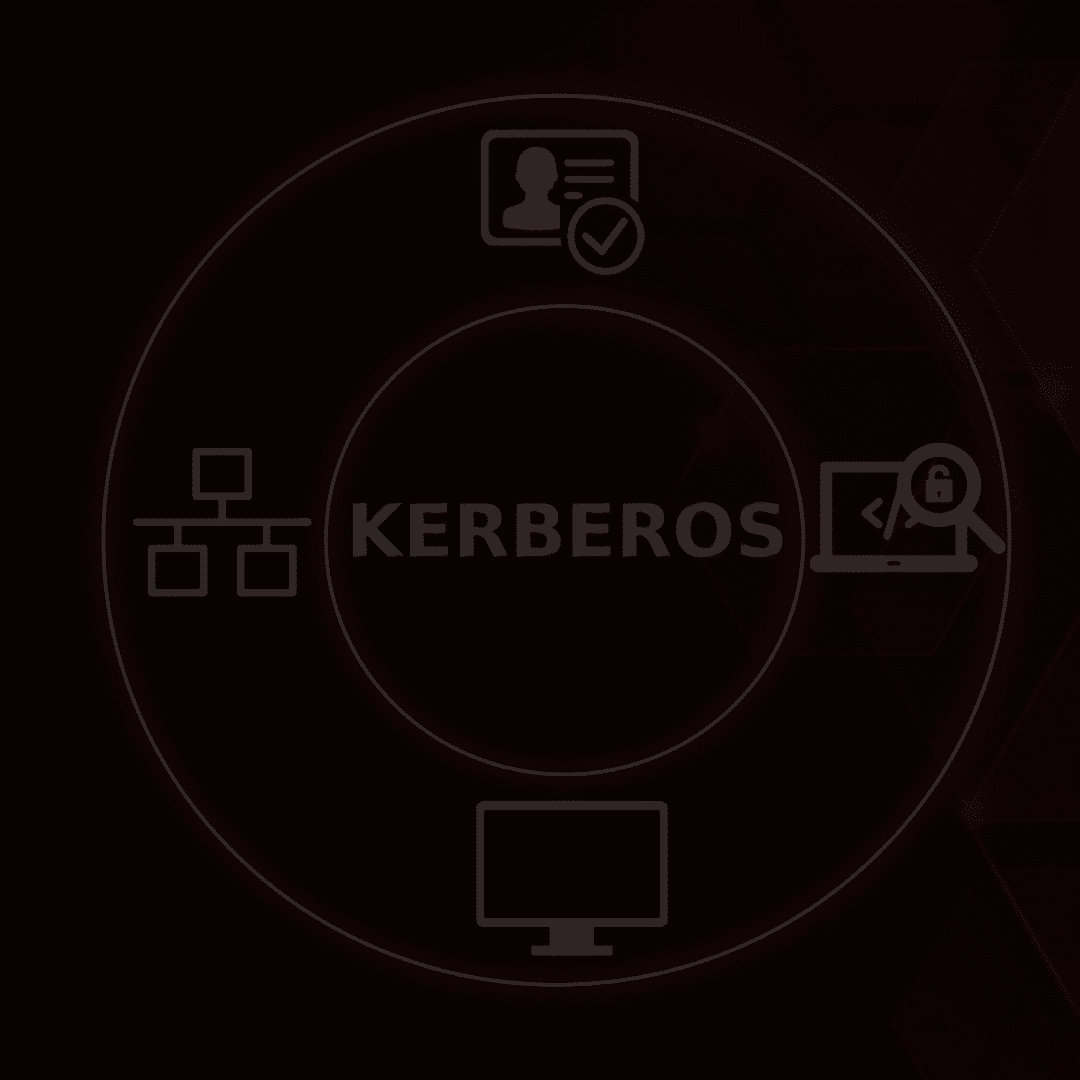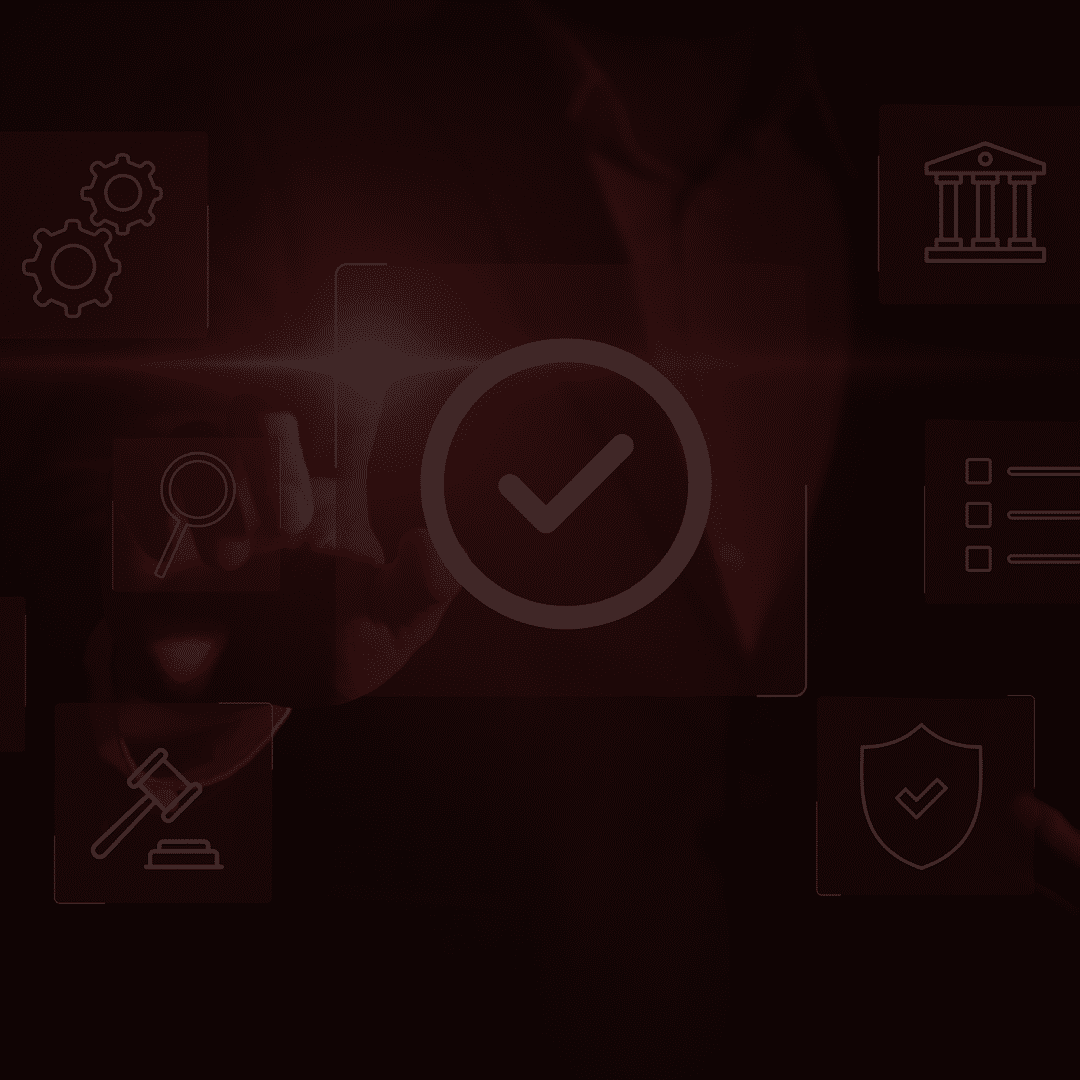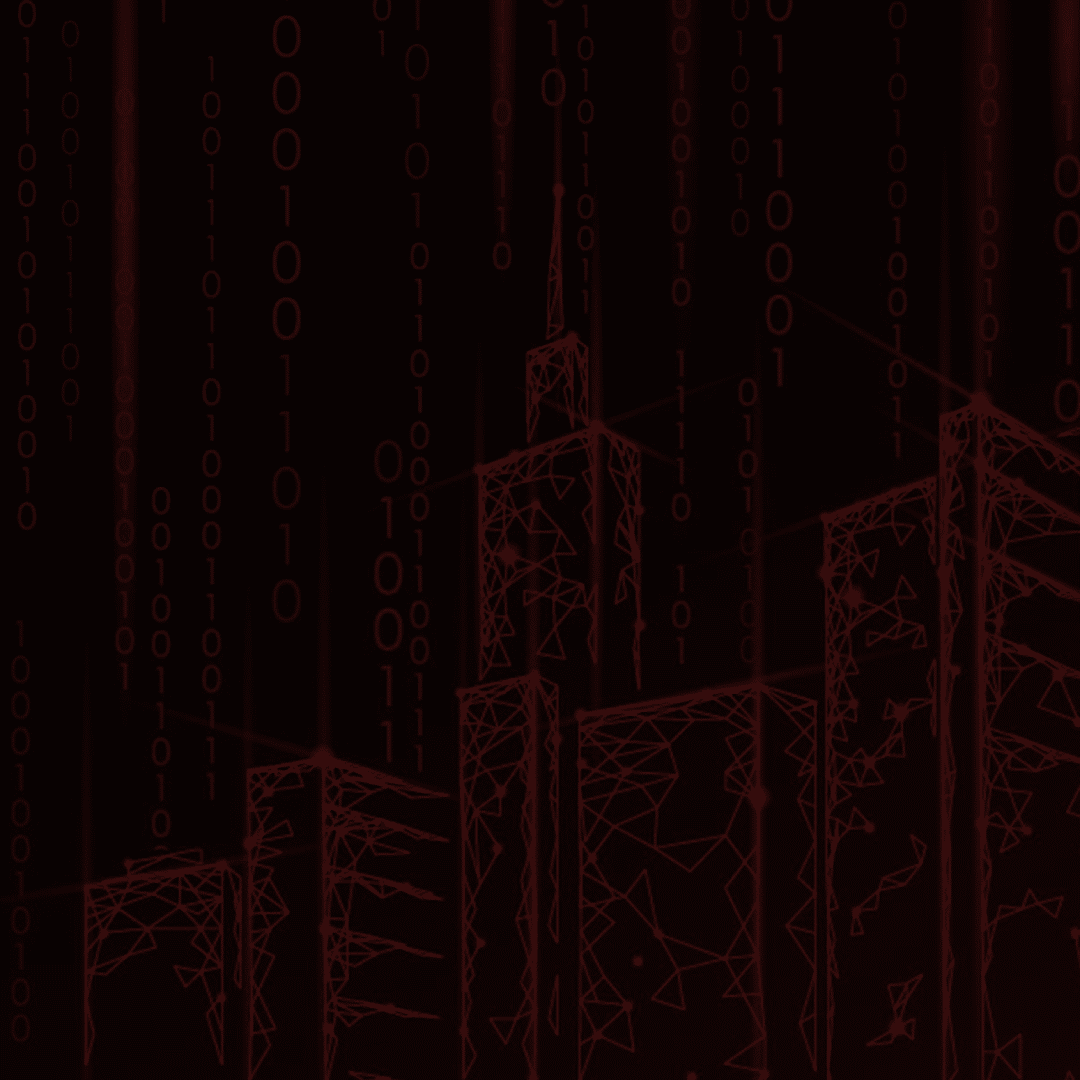As organizations continue to migrate to the cloud, cyberthreats are becoming more sophisticated, often outpacing traditional detection methods. To maintain proactive security in these dynamic environments, threat hunting must be effectively scaled for the cloud. This approach not only helps mitigate emerging threats but also reduces downtime and strengthens overall resilience. This blog will delve into the fundamentals of threat intelligence, its importance, and the unique challenges of cloud-based threat hunting. It will explore the evolving cloud threat landscape, key methodologies, tools, and workflows tailored for cloud environments, and demonstrate how AI enhances the detection of anomalies, misconfigurations, and advanced persistent threats (APTs). It will also highlight real-world scenarios where proactive threat hunting could have prevented exploitation and share actionable insights and best practices to improve cloud security.
What Is Threat Hunting
Threat hunting is a proactive cybersecurity approach focused on identifying potential threats before they can be exploited. Rather than waiting for alerts or signs of compromise, threat hunters actively search for indicators of malicious activity, aiming to detect and neutralize risks before they impact data or systems. The goal is early detection, prevention, and enhanced protection of critical assets. Different types of threat hunting are classified as below.
Structured Threat Hunting
Based on hypotheses from gathered intelligence, structured threat hunting involves creating scenarios of potential threats and investigating them systematically. This method allows teams to anticipate risks and implement preventive measures.
Unstructured Threat Hunting
Driven by experience and anomaly detection, this approach relies on the hunter’s intuition and past encounters with threats. It’s less formal but valuable for identifying unusual patterns that may indicate malicious activity.
Situational Threat Hunting
Triggered by specific events such as breaches or alerts, situational hunting focuses on analyzing incidents to uncover vulnerabilities and prevent recurrence. It combines real-time data with historical context to strengthen defenses.
Importance of Threat Hunting
Threat hunting helps organizations detect hidden threats often missed by traditional tools. By leveraging AI and behavioral analytics, it uncovers anomalies, reduces the risk of successful attacks, and protects sensitive data. Early detection also improves incident response, allowing teams to react swiftly and minimize damage and downtime.
Beyond detection, threat hunting strengthens overall security posture by continuously identifying vulnerabilities and reducing business risk. It helps prevent threats from escalating into major incidents and safeguards organizational reputation.
Ultimately, threat hunting empowers teams to stay ahead of attackers, adapt to evolving threats, and maintain a resilient security framework. Like a goalkeeper defending the goal, threat hunters protect the digital perimeter, ensuring threats are stopped before they can cause harm.
The Need for Threat Hunting in The Cloud
Cloud computing offers scalable, on-demand resources with minimal management, making it ideal for modern businesses. However, its dynamic nature introduces unique security challenges: frequent updates, complex configurations, and rapid service changes that often outpace traditional security tools.
Threat hunting in the cloud is essential to proactively detect unusual or malicious activity, especially as workloads shift to platforms like AWS, Azure, and Google Cloud. Attackers often exploit misconfigurations, identity gaps, and overlooked vulnerabilities, making early detection critical. By integrating AI-driven tools and adopting a proactive approach, organizations can uncover hidden threats, reduce downtime, and protect sensitive data. Unlike traditional on-premises setups, cloud environments require tailored security strategies to address evolving risks. Ultimately, cloud threat hunting strengthens resilience, reduces business risk, and helps organizations stay ahead of cyber threats in a fast-changing digital landscape.
Cloud Threat Landscape
As organizations increasingly adopt cloud services, they face a unique and evolving set of security challenges. Common threats in cloud environments include:
- Misconfigured storage and containers: Improper settings can expose sensitive data to unauthorized access.
- Exposed API keys and access tokens: Poorly secured credentials can be exploited to infiltrate cloud systems.
- Excessive identity privileges: Over-permissioned roles can lead to unintended access and potential misuse.
- Malicious insiders: Internal actors with access can pose significant risks.
- Cloud control plane compromise: Attackers may target the management layer of cloud infrastructure.
- Lateral movement from hybrid environments: A breach in on-premises systems can extend into connected cloud environments.
These threats are amplified by the dynamic nature of cloud platforms, where frequent updates and service changes make traditional monitoring tools less effective.
MITRE ATT&CK for Cloud
The MITRE ATT&CK framework provides a structured approach to understanding and responding to cloud-specific threats. It categorizes tactics, techniques, and procedures (TTPs) used by adversaries, helping security teams develop targeted defenses. Key attack stages include:
- Initial access: Spear phishing, stolen credentials
- Persistence: Abuse of access tokens
- Privilege escalation: Over-permissioned roles
- Lateral movement: Bridging cloud and on-prem environments
- Exfiltration: Misuse of storage APIs
By leveraging frameworks like MITRE ATT&CK and adopting proactive threat hunting strategies, organizations can better detect, respond to, and mitigate risks in the cloud.
Key Tools, Techniques & Methodologies
Effective cloud threat hunting requires a combination of open-source, native, and commercial tools, along with proven techniques and methodologies to detect and respond to threats proactively.
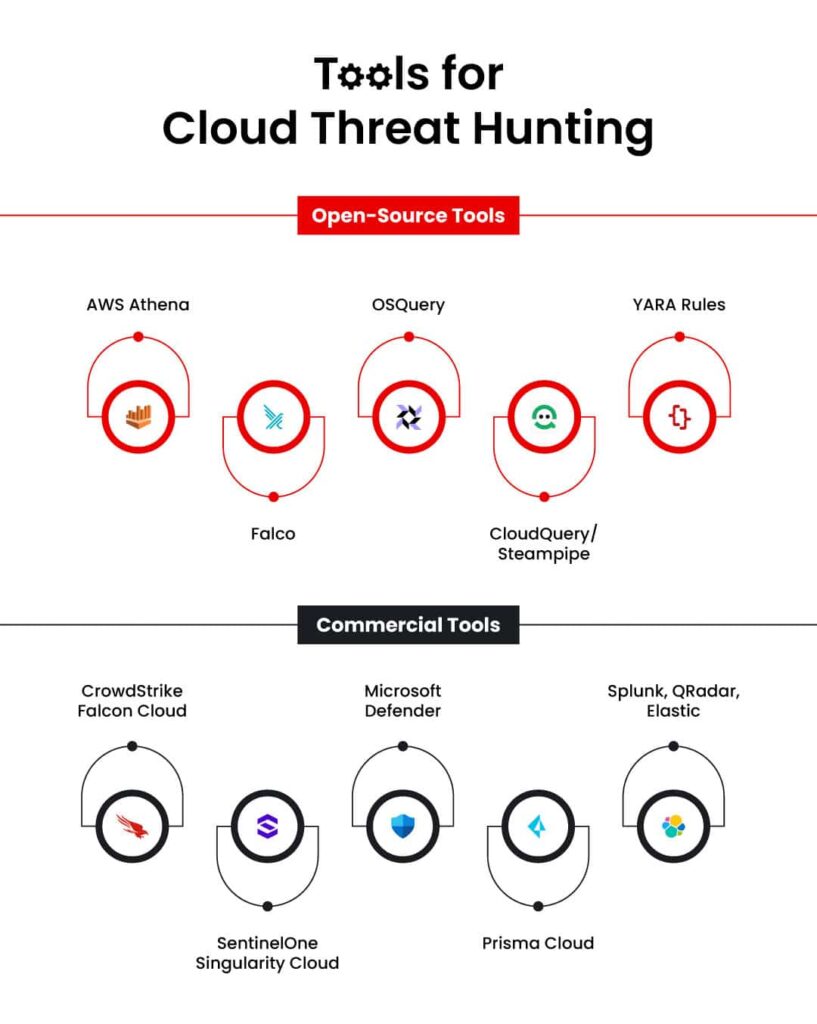
Threat Hunting Techniques
- Hypothesis-driven hunting: Based on assumptions about potential attack paths (e.g., privilege escalation via IAM roles).
- Anomaly detection: Identifies deviations from normal behavior, such as unusual login times or traffic patterns.
- Indicators of Compromise (IoCs): Uses known malicious IPs, hashes, domains, and behaviors to correlate with cloud logs.
- TTP mapping: Aligns tactics, techniques, and procedures with frameworks like MITRE ATT&CK to identify threat patterns.
Data Sources for Threat Hunting
Effective threat hunting relies heavily on collecting and analyzing data from a wide range of sources. These data points help uncover threats that may bypass traditional security measures. To stay ahead of attackers, it’s essential to monitor activity from the moment external access occurs all the way to the endpoint. By analyzing patterns, detecting anomalies, and correlating behaviors across systems, security teams can proactively identify potential threats. The goal is to maintain visibility, detect suspicious activity early, and respond before damage occurs.
Key sources include:
- AWS: CloudTrail, GuardDuty, VPC Flow Logs, IAM Access Analyzer
- Azure: Activity Logs, Defender for Cloud, NSG Flow Logs
- GCP: Cloud Audit Logs, VPC Logs, Forseti
- SaaS Platforms: Microsoft 365, Okta, Google Workspace
Threat Hunting Workflow
By leveraging these tools and techniques, organizations can proactively detect threats, reduce response time, and strengthen their cloud security posture.
A structured threat hunting workflow helps security teams proactively detect and respond to threats. Here are the key stages:
- Preparation: Understand your environment—its architecture, assets, and data flows. Without a clear map of your infrastructure, it’s difficult to identify anomalies or potential threats.
- Hypothesis: Develop threat hypotheses based on threat intelligence, known attack patterns, or observed anomalies. This helps guide your investigation and focus on likely attack scenarios.
- Data collection: Aggregate data from various sources into a centralized platform, such as a SIEM. Use AI-powered tools to prioritize and highlight suspicious activity for further analysis.
- Hunting: Use queries, machine learning models, and behavioral analytics to search for indicators of compromise, unusual patterns, or deviations from normal activity.
- Investigation: Analyze findings, triage alerts, and correlate events to understand the scope and impact of potential threats. Map activities to known tactics and techniques for deeper insight.
- Response: Once a threat is confirmed or suspected, initiate a rapid response. This may include containment, remediation, and updating security controls to prevent recurrence.
Table 1: Breaches where threat hunting could have helped.
| Breach | Cause/Attack Vector | How ATT&CK Could Have Helped | Threat Hunting Detection Opportunities |
|---|---|---|---|
| Capital One | Misconfigured AWS WAF exploited by insider | Mapping attacker behavior to known tactics like misuse of valid credentials and API access could have raised early alerts. | – Anomalous S3 access behavior – Unusual EC2 metadata queries – Identity and access management (IAM) role misuse |
| SolarWinds Orion | Supply chain malware (SUNBURST trojan) | ATT&CK could have helped correlate indicators across endpoints and cloud environments, exposing lateral movement and persistence tactics. | – Known IOCs from threat intel – Suspicious DNS traffic – Lateral movement detection |
| Uber | MFA fatigue + credential compromise | Using ATT&CK’s behavioral references for MFA fatigue and credential access would aid in hypothesis-based threat hunts. | – Excessive MFA requests – Unusual admin access – IAM escalation traces |
| Code Spaces | AWS root credentials stolen | Techniques related to privilege misuse and destructive actions could have flagged the root-level deletions. | – Root login from odd IPs – High-risk deletion commands – IAM privilege monitoring |
| Slack GitHub Token Leak | Stolen tokens used on GitHub | Threat modeling based on known patterns of token abuse and unauthorized remote access would enhance detection. | – Token use from new devices – Source control access anomalies – DevOps telemetry monitoring |
Best Practices and Recommendation
To effectively hunt threats in cloud environments, organizations should adopt a proactive and structured approach. Here are key best practices to enhance your threat detection and response capabilities:
- Centralize and normalize cloud logs: Aggregate logs from various cloud services into a centralized platform like a SIEM. Normalizing this data allows for easier analysis and faster detection of anomalies.
- Use structured frameworks: Leverage frameworks like the MITRE ATT&CK for Cloudto guide structured threat hunting. Even without advanced tools, these frameworks help map tactics, techniques, and procedures (TTPs) to real-world threats.
- Continuously review IAM policies: Regularly audit identity and access management (IAM) rules—at least annually. Ensure access privileges align with current roles and responsibilities. Apply least privilegeand zero trust principles to minimize exposure.
- Deploy deception techniques: Implement honeypots and fake credentials to detect malicious activity early. These tools can lure attackers into controlled environments, giving defenders time to respond before real assets are compromised.
- Automate wherever possible: Automation is key to scaling threat detection. Use AI-powered tools to monitor, analyze, and alert on suspicious behavior—reducing manual effort and improving response time.
- Build cloud-specific detection rules: Create detection rules tailored to your cloud environment. These rules should help identify misconfigurations, unusual access patterns, and other cloud-native threats.
- Stay curious and vigilant: Always monitor your environment closely. Being “nosy” in cybersecurity means staying informed, alert, and ready to act before threats escalate.
Conclusion
Cloud threat hunting is a vital layer of proactive defense. It enables organizations to detect threats early and respond swiftly, reducing the risk to critical data and infrastructure. Success in threat hunting depends on visibility—knowing what’s happening across your environment—and being inquisitive enough to investigate anomalies before they escalate.
Collaboration is key. Sharing insights within your team and across the broader security community strengthens your ability to detect and respond to threats. Integrating threat intelligence and automation further enhances your capabilities, allowing you to scale operations and reduce manual effort.
Regular threat hunting improves detection accuracy, minimizes false positives, and ensures your security tools are delivering actionable insights. By continuously refining your approach and staying ahead of attackers, you can better protect your organization’s data and maintain stronger cloud security.
Tags
About the Author

Shervin Evans
Founder & CEO of 21st Century Cybersecurity
Shervin Evans is a seasoned ICT expert with 30 years of experience in the financial services sector. He specializes in programming, infrastructure design, cybersecurity, ethical hacking, incident management, disaster recovery, and digital forensics. With a master’s degree in cybersecurity and multiple ICT certifications, Shervin serves as an executive member of CyberEdBoard, the CISO Society, the BFSB Fintech Working Group, and the Cybersecurity Breakfast Club Florida Chapter. As a distinguished Toastmaster and Rotarian, he is dedicated to advancing ICT risk management and promoting thought leadership in cybersecurity, all while actively contributing to industry innovation and resilience.
